|
The snowdrop is one of the first flowers to dare to show its head in the New Year; in the often cold and frozen winter months of January and February. It is also one of our best known late winter or spring bulbs; it wakes from wintry sleep with its pristine white head drooping downwards, nodding in the breeze and though it is very common in gardens across Ireland today, the snowdrop originally came from central, southern and eastern Europe. It's thought that the bulbs were first brought to Britain (then onward) in the 15th century by Italian monks, who introduced the bulbs into the gardens of monasteries from where they later escaped and naturalised. Galanthus nivalis, the botanical name for the snowdrop and if honest a muddle of a name, part Greek, part Latin means 'milk flower of the snow'. It is a solitary flower, with only one bloom growing on each of the leafless stems. The first printed UK reference to 'snowdrop' flowers can be found in the Gerarde's 'Great Herbal', published in 1597 'The first of these bulbous violets rises forth of the ground with two small leaves, flat and crested, of an ouerworne green colour: among the which rises up a small and tender stalk, of two hand high. At the top whereof cometh forth of a skinnie hood a small white flower of the bigness of a violet, compact of six leaves, three bigger and three lesser, tipped at the points with a light green. The smaller leaves are not so white as the outermost great leaves, but tipped with green as the others be. The whole flower hangeth down his head by reason on the weak foote stalk whereon it groweth. The root is small white and bulbous. (It) flowereth at the beginning of Januarie. …. They are maintained and cherished in gardens for the beauty and rareness of the flowers, and sweetness of their smell. They prefer to grow in shady woodland areas, especially broadleaf beech woods where the leaves of summer fall and leave open skies for the snowdrops to form large swathes of glistening white, that cheerfully brighten the colourless woodland floor at the most dreary time of the year. You may also find them near streams, on roadsides, hedgerows and other damp areas and where they have naturalised in some counties on the eastern side of the Ireland. These familiar little flowers have three white outer petals (these are really called sepals) and three white, usually smaller, inner petals that are tipped with green, each of these having a cleft with a green patch around it. These sweet-scented flowers are borne, singly, on leafless stems with two or three green, grey or blue-green linear leaves, nodding below a terminal bract. Just like the daisy, the snowdrop closes its petals at night and opens them again in the morning, this allows small insects, which are attracted to the sweet scent of the flower, to pollinate them which allows for reproduction. of this seemingly delicate but robust little flower. For some it's birds eggs (now illegal) or fossils or seashells but for others it is the collecting of snowdrops - the Galanthophiles Small and understated they may be, but snowdrops have a very dedicated, bordering on obsessive, following and as some explain, "It is much easier to appreciate a flower in January or February than May when everything else is in bloom too.' There are, however, two extremes in the world of snowdrop collecting: the broad collectors who are quite happy to purchase large number of more common varieties to provide carpets and carpets of snow white to their spring gardens and then there are those that perhaps are a little closer to mania. The Galanthus species became very fashionable in the mid-19th Century when snowdrops caught the eye of the Victorians and in recent years their popularity has once again become a craze with some record prices being paid, just under €1650 for a single bulb of a snowdrop called 'Golden Fleece'. It's not quite the Tulip Mania of the 17th Century where a single bulb could sell for the price of a house but for Galanthophiles snowdrops have it all; they're hardy and they look beautiful. There are just 20 species of wild snowdrop in the world but with the continued interest and breeding, there are more than 2,000 cultivated varieties. Like anything in life, there are fashions in plants and snowdrops just seem to been the plant of the moment. Snowdrop lovers in Ireland and the UK are lucky, there are many places to visit and buy bulbs, Being a Galanthophile outside Europe, and a few other countries like Turkey, takes an extra level of devotion to find the snowdrops on your wish list. In a lot of countries many varieties are not readily available. Snowdrops are covered by the Convention on International Trade in Endangered Species of Wild Flora and Fauna (Cites). This happened after the mass exploitation of wild snowdrop bulbs in Turkey in the 1980s. It is required to have a specialist license to collect and export them. and illegal for snowdrops to cross International boundaries without Cites permits. Even if you have a permit, it doesn't mean they will arrive; the last US attempt to import snowdrop bulbs from the UK ended with them being turned back at US Customs. Although a smattering of species flower from late November, it is February when things seriously kick off with increasing number of snowdrop events each year. Look out for events near you but the following venues usually mount spectacular displays and will often have bulbs for sale. Altamont Gardens - Carlow Shankhill Castle - KIlkenny Bellefield Gardens - Offaly Burtown House and Gardens - KIldare Woodville House - Galway In Russia, Snowdrop Day is celebrated on March 1st. Legend tells that the tiny flowers are the tears of winter snow melting into spring and that they bloom only on that day and you must go out into the forests at sunrise in order to see them. Children pick bunches to give as gifts to parents and grandparents as a symbol of thanksgiving for the passing of winter. If I'm honest, I prefer the simplicity of the single flowered, common snowdrop; those dainty harbingers of spring, flowering in defiance of the elements of winter, perhaps as a sign of hope, That's not to say that I didn't part with €27 for a single Galanthus 'Fly Fishing' or €36 for three bulbs of Galanthus 'Wasp'. What can I say? I was caught up in the frenzy that is Snowdrop Time.
0 Comments
Leave a Reply. |
WildEdges
A haven of quiet countryside highlighting issues affecting the natural world. Categories
All
|
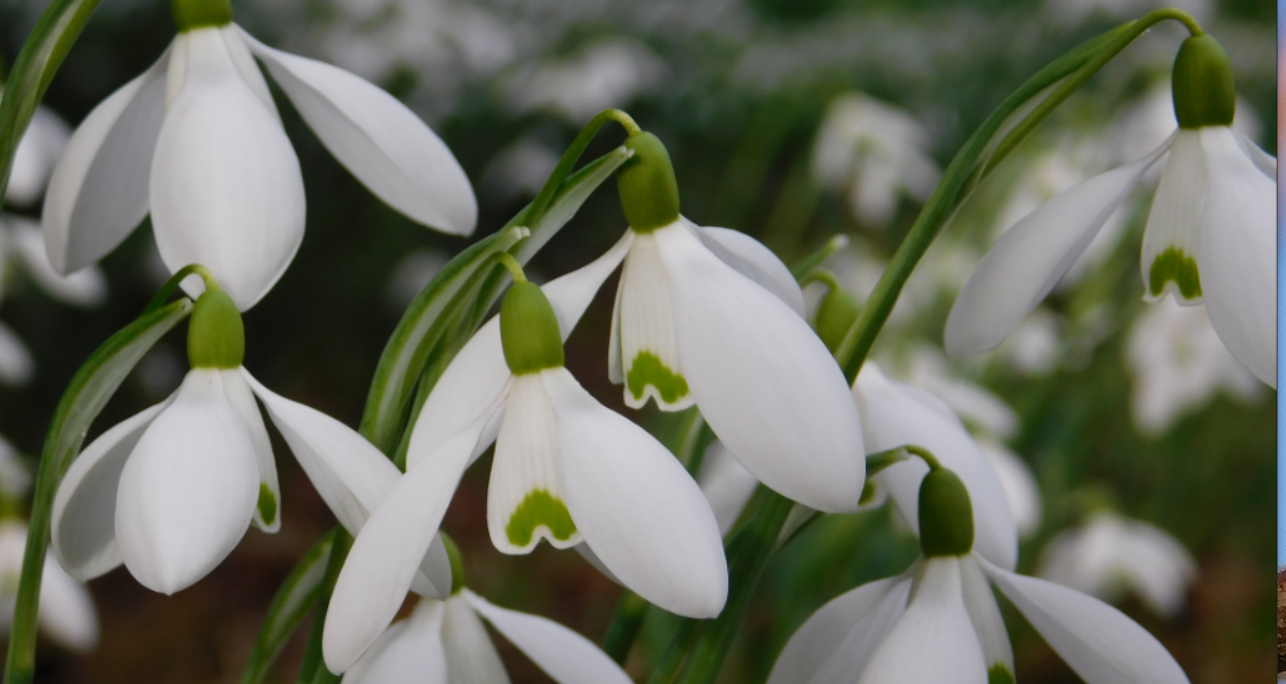
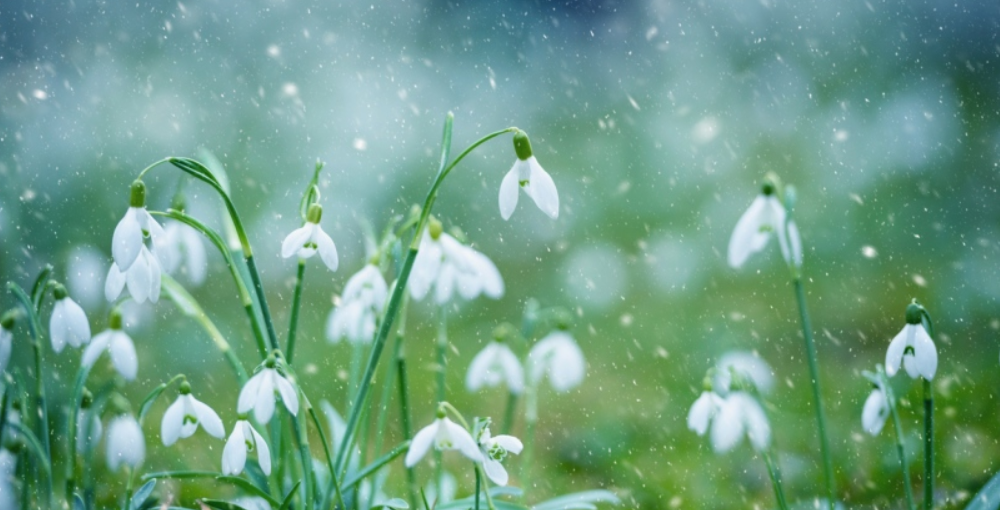
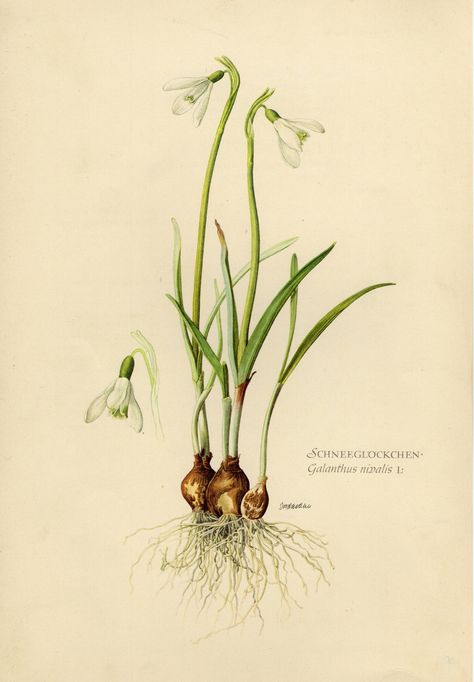
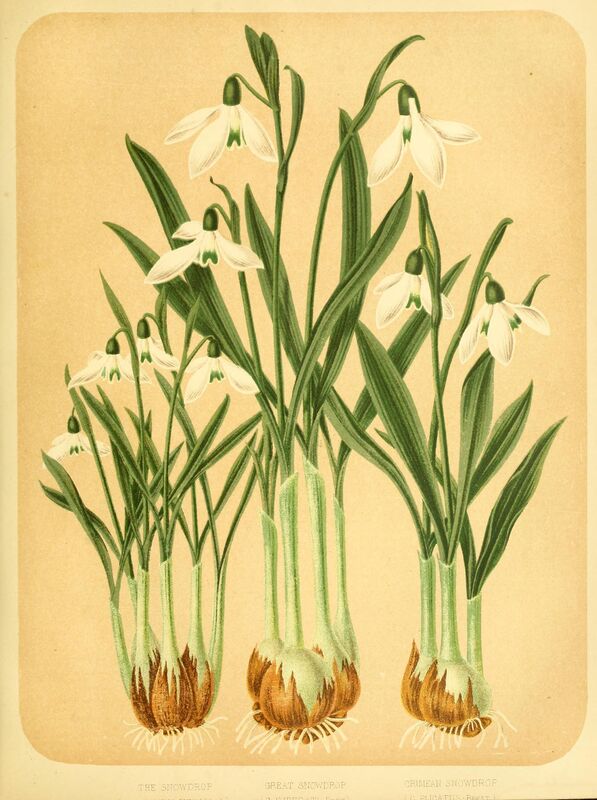
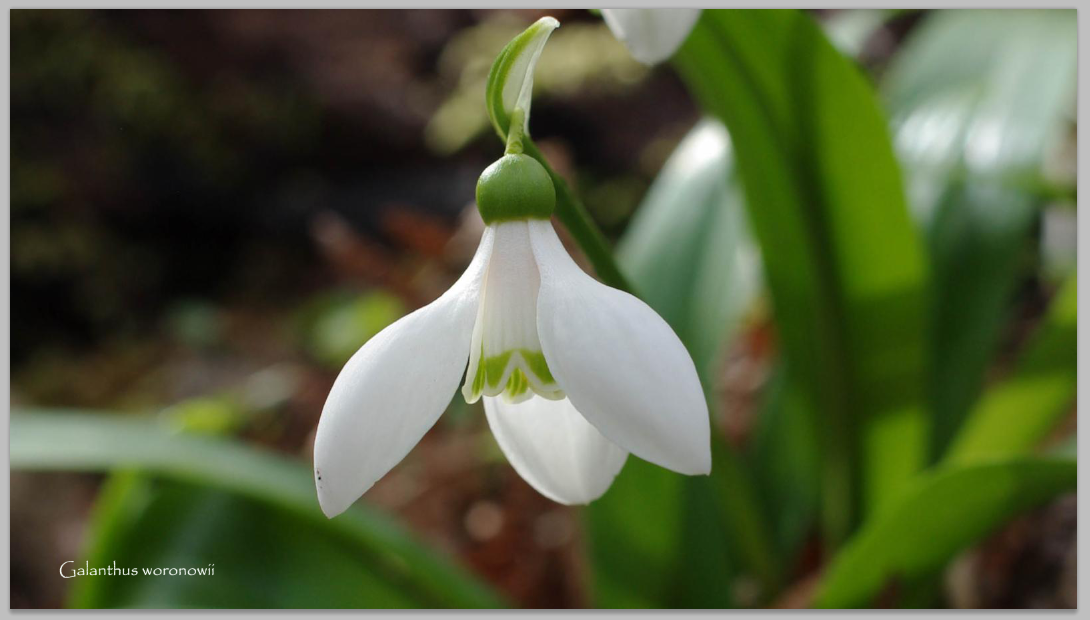
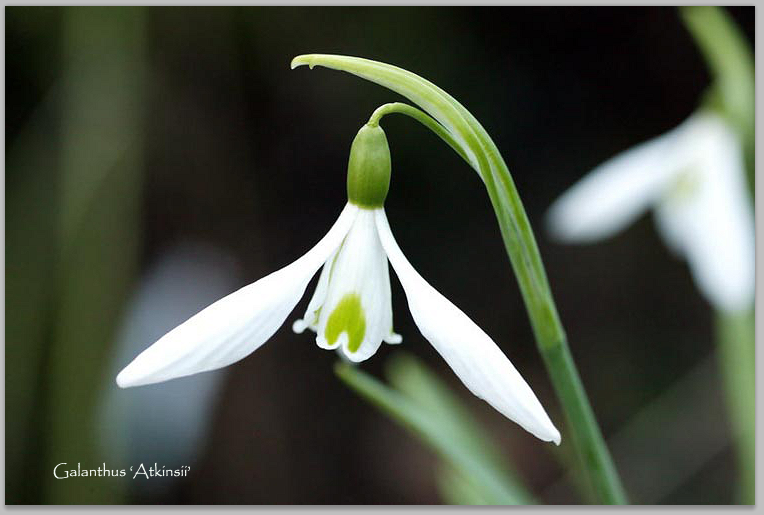
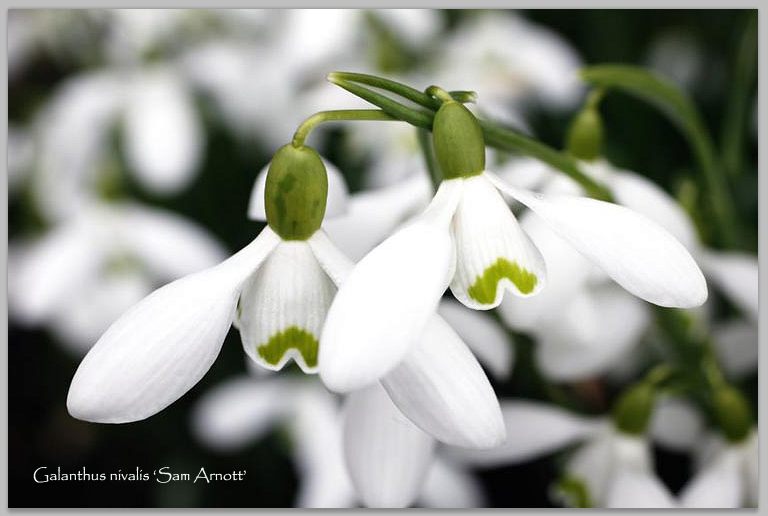
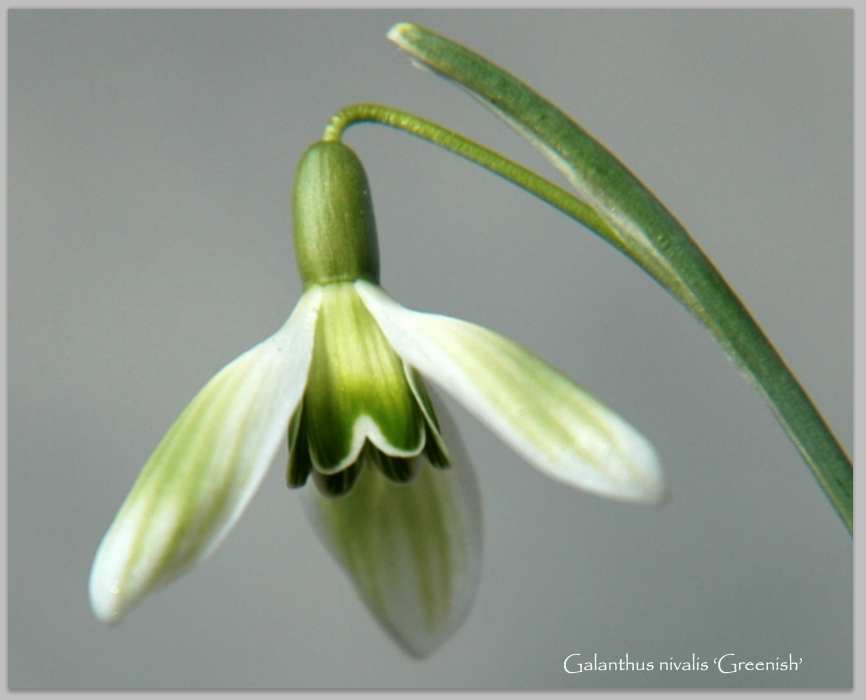
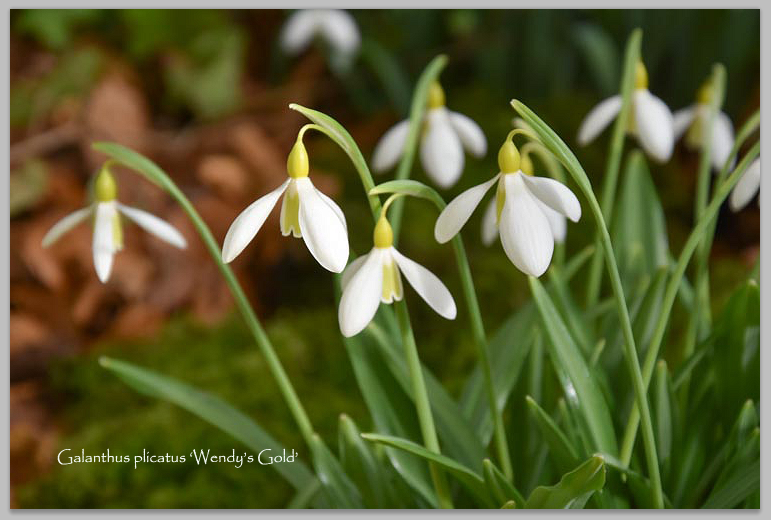
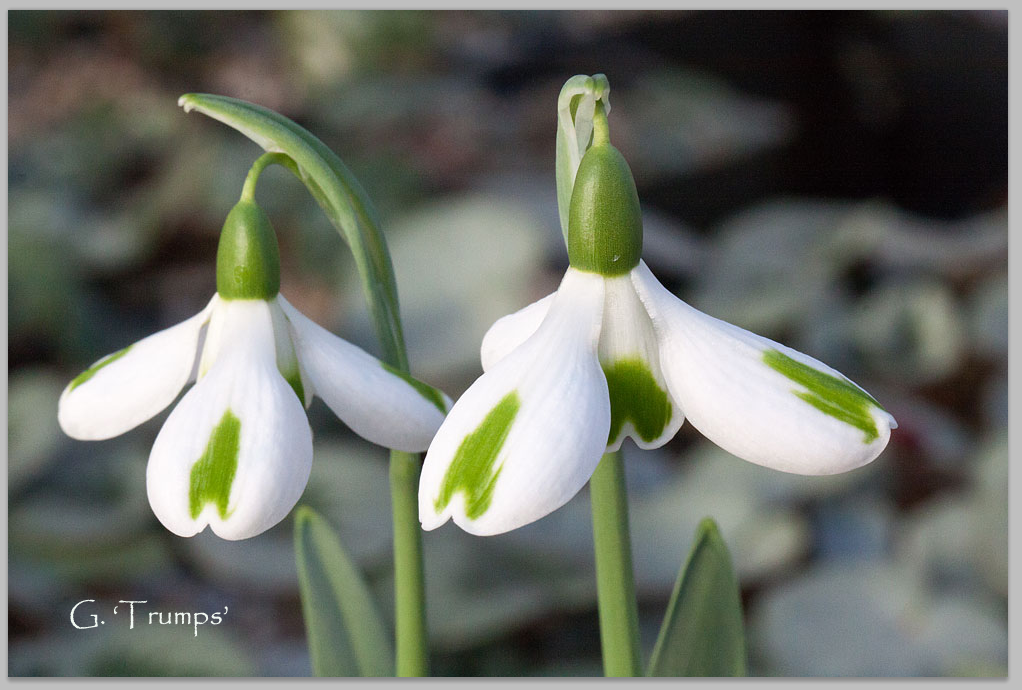
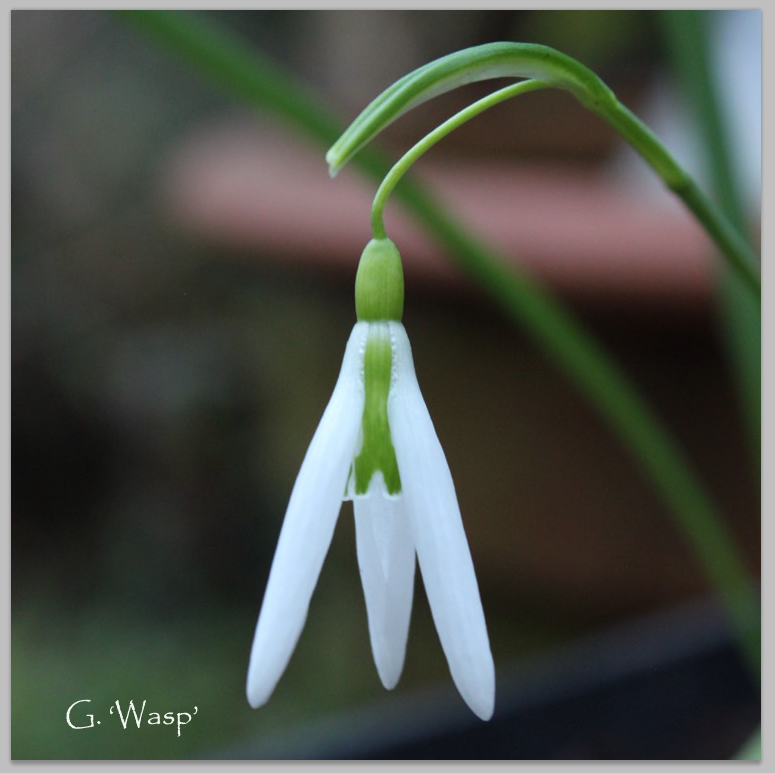
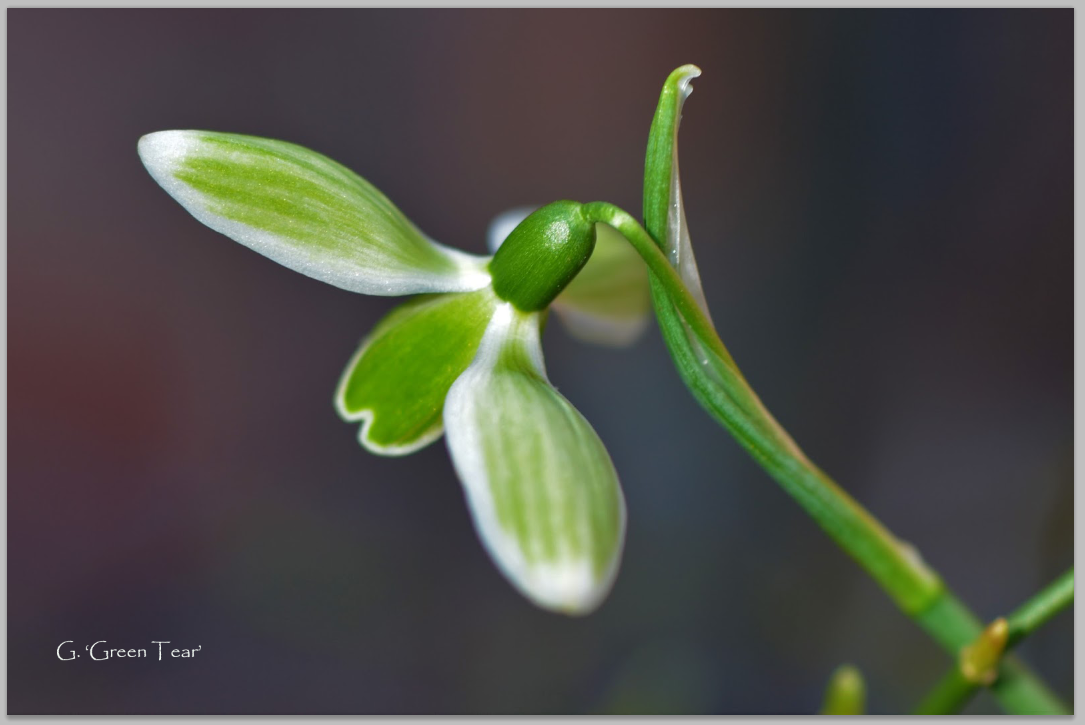
 RSS Feed
RSS Feed